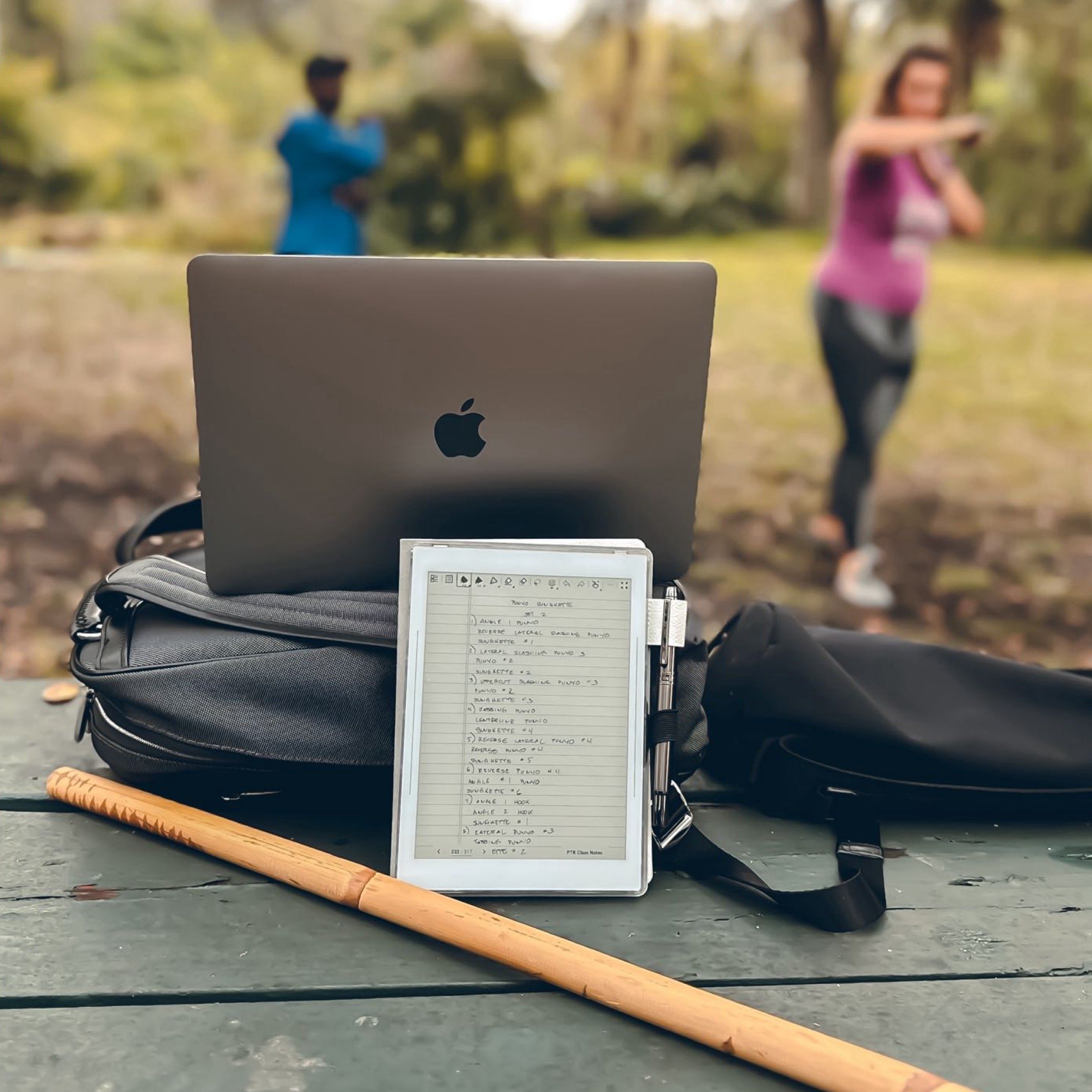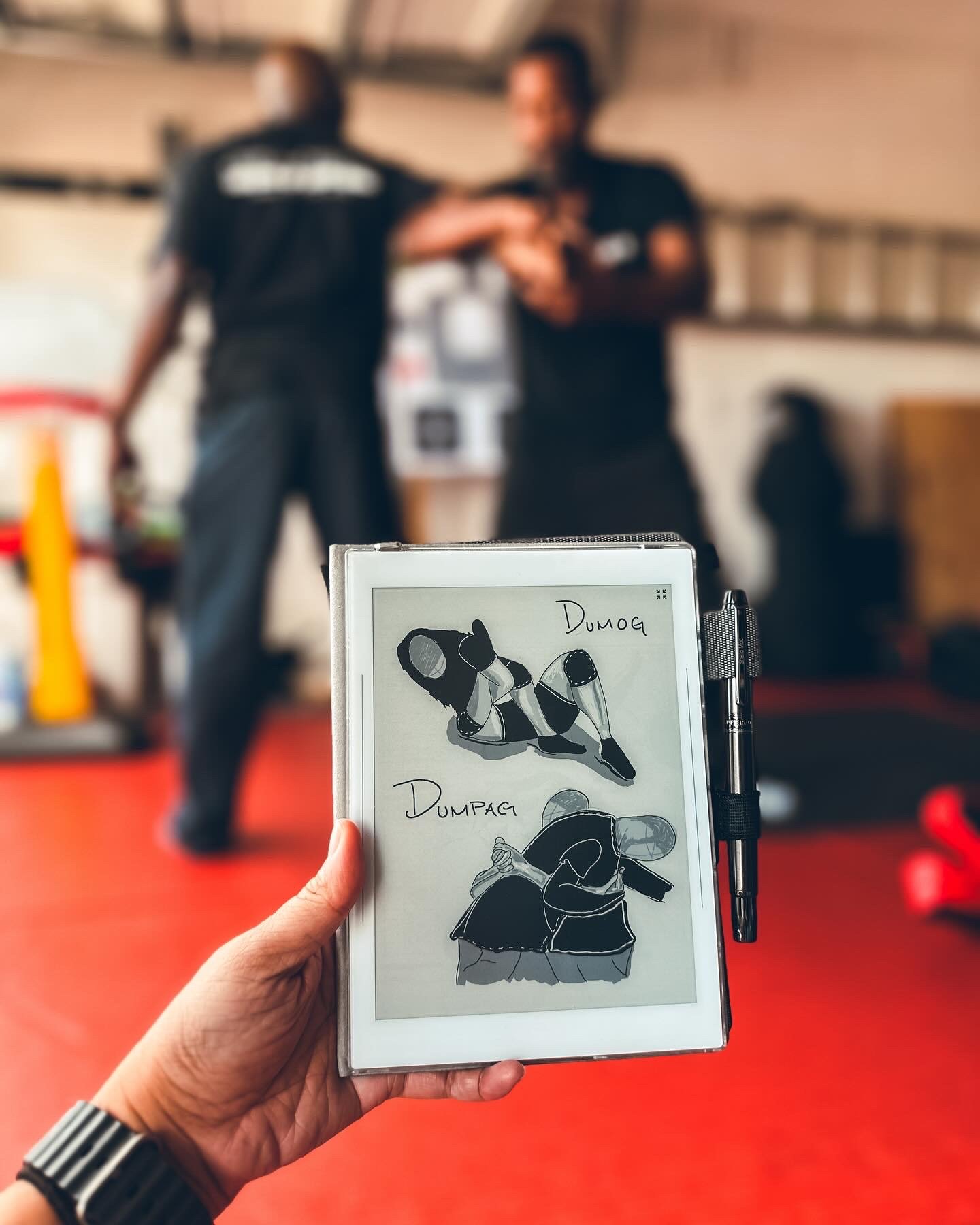Using Supernote A6X2 as a capture device
On the go note taking
In the fast-paced world of digital information overload, organizing thoughts, ideas, and resources efficiently can be a daunting task. However, with the right tools and methodologies, you can transform this chaos into a well-structured system that enhances productivity and creativity.
One such methodology is Tiago Forte's Second Brain, and when paired with the Supernote A6x2 as a capture device, it becomes a powerful combination for personal knowledge management.
There are 4 pillars to Tiago Forte’s Second Brain.I will explain how I integrate the Supernote A6x2 as my capture device.
Capture: Gather information from various sources, such as articles, books, conversations, and personal insights
Leveraging the Supernote A6x2 as a Capture Device
The Supernote A6x2 is a digital note-taking device that combines the simplicity and tactile experience of pen and paper with the efficiency and organization of digital notes. With its high-resolution E Ink display and responsive stylus, it offers a natural writing experience while digitizing your notes in real-time.
Picture this: you’re attending a seminar, navigating through crowded corridors, or perhaps finding solace in a tranquil park. In these scenarios, the last thing you need is the burden of carrying bulky notebooks or cumbersome devices. Enter the A6x2 Supernote, a sleek and portable solution that fits seamlessly into your bag or pocket, ready to spring into action whenever inspiration strikes.
But the true beauty of the A6x2 lies not only in its portability but also in its capability. Despite its small stature, this device packs a punch when it comes to features and functionality. Its responsive touch interface and precise stylus make note-taking a breeze, allowing for seamless expression of ideas with the stroke of a pen.
During my recent seminar experience, the A6x2 proved to be an indispensable tool for capturing notes on the go. Its compact size allowed me to navigate crowded spaces with ease, ensuring that I could focus on absorbing information without being weighed down by bulky equipment. I could swiftly jot down key points without missing a beat. The best notebook that I can have is the one that is with me at all times.
Separating Capturing and Distilling: A Strategic Shift
Traditionally, note-taking has been viewed as a single, continuous process: capturing ideas while simultaneously refining them. However, this approach often leads to fragmented thoughts and missed opportunities for deeper analysis. By separating capturing and distilling, users can gain clarity and focus at each stage of the note-taking journey.
The Capturing Process: Seizing Ideas in the Moment
The capturing process is where the magic begins. It involves capturing raw ideas and information as they arise, without the pressure of immediate refinement. Key steps in the capturing process include:
1. Immediate Capture: Whether in meetings, lectures, or brainstorming sessions, users capture ideas as they come, ensuring that no valuable insight is lost in the moment. I’ve created a daily capture notebook for this process.
2. Quick and Efficient: The capturing process is swift and efficient, with users relying on intuitive tools and techniques to record information in real-time.
3. Flexibility and Freedom: By separating capturing from distilling, users have the freedom to capture ideas without judgment or analysis, allowing for more creative and spontaneous thought.
4. Focus on Clarity: The primary goal of capturing is to ensure clarity and comprehensiveness. Notes are concise, focused, and reflect the essence of the ideas being captured.
Setting the Stage for Distillation
By focusing on capturing in the moment, users lay the foundation for effective distillation and refinement later on. Separating capturing and distilling allows users to approach each phase with clarity and purpose, ensuring that the final notes are polished and actionable. This strategic shift enables users to:
• Capture Ideas Without Interruption: Without the pressure to refine ideas immediately, users can capture thoughts without interruption, ensuring that all ideas are recorded.
• Maintain Flow and Momentum: The capturing process allows users to maintain flow and momentum, avoiding disruptions to the creative thought process.
• Create a Rich Pool of Ideas: By capturing ideas freely and without inhibition, users create a rich pool of raw material to draw from during the distillation process.
• Enhance Focus and Concentration: Separating capturing and distilling allows users to focus fully on each phase, enhancing concentration and ensuring that each step is executed with precision.
One of the factors that used to paralyze me from taking notes was an excessive focus on aesthetics rather than substance. I found myself hesitating to jot down ideas or capture important information because I was overly concerned with how my notes would look rather than their actual content. This hesitation often led to missed opportunities and a sense of frustration at my inability to effectively capture and retain information. These are 3 things that I constantly repeat to myself and have found useful:
Just write.
Capturing and Distilling are two different processes, don’t try to do both at the same time!
Capture notes are not the final step, these notes are meant to be messy.
However, the true magic unfolds when these quick notes are later distilled and refined using the larger A5x Supernote.
Part 2 of 4 of Second Brain Series


